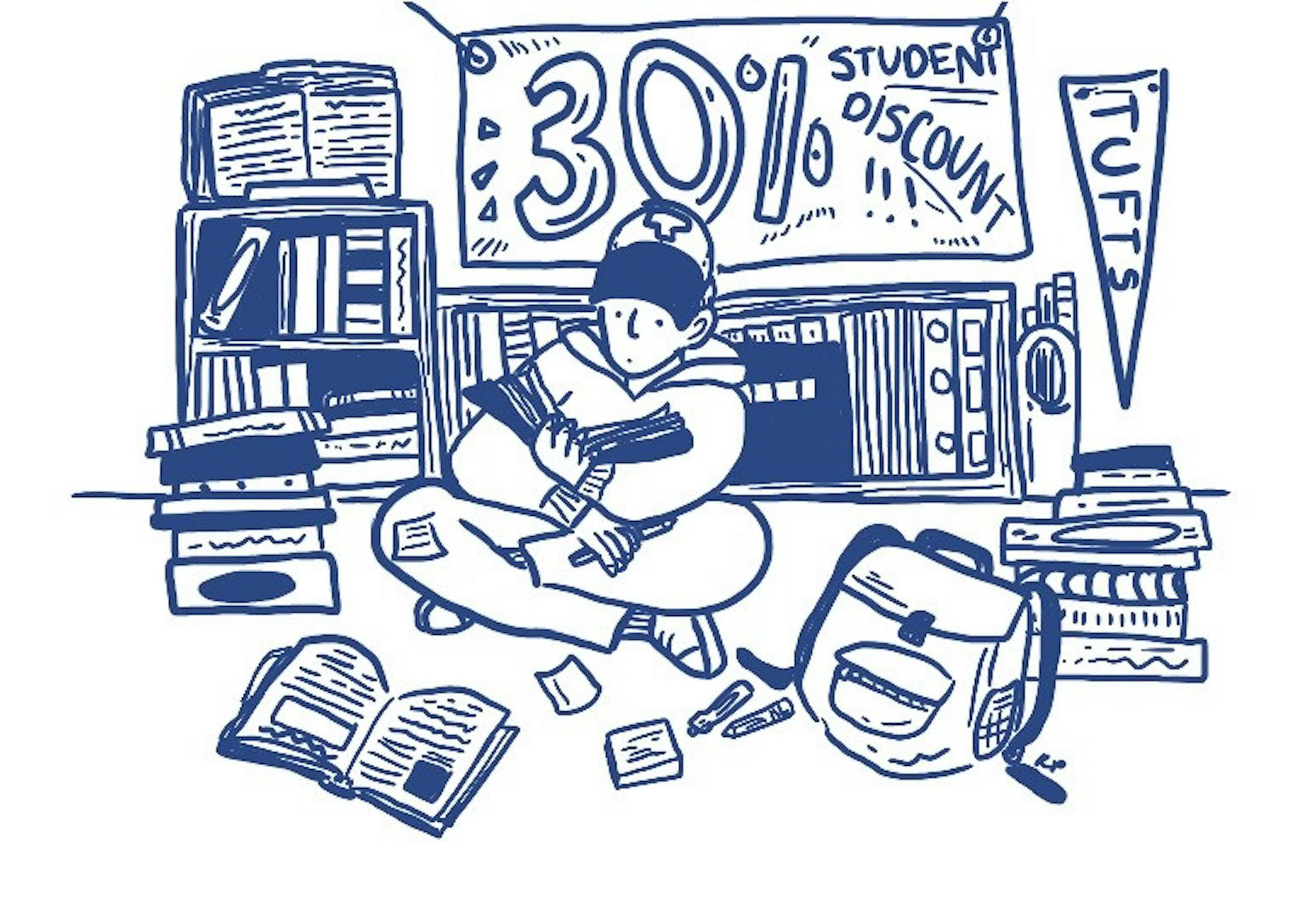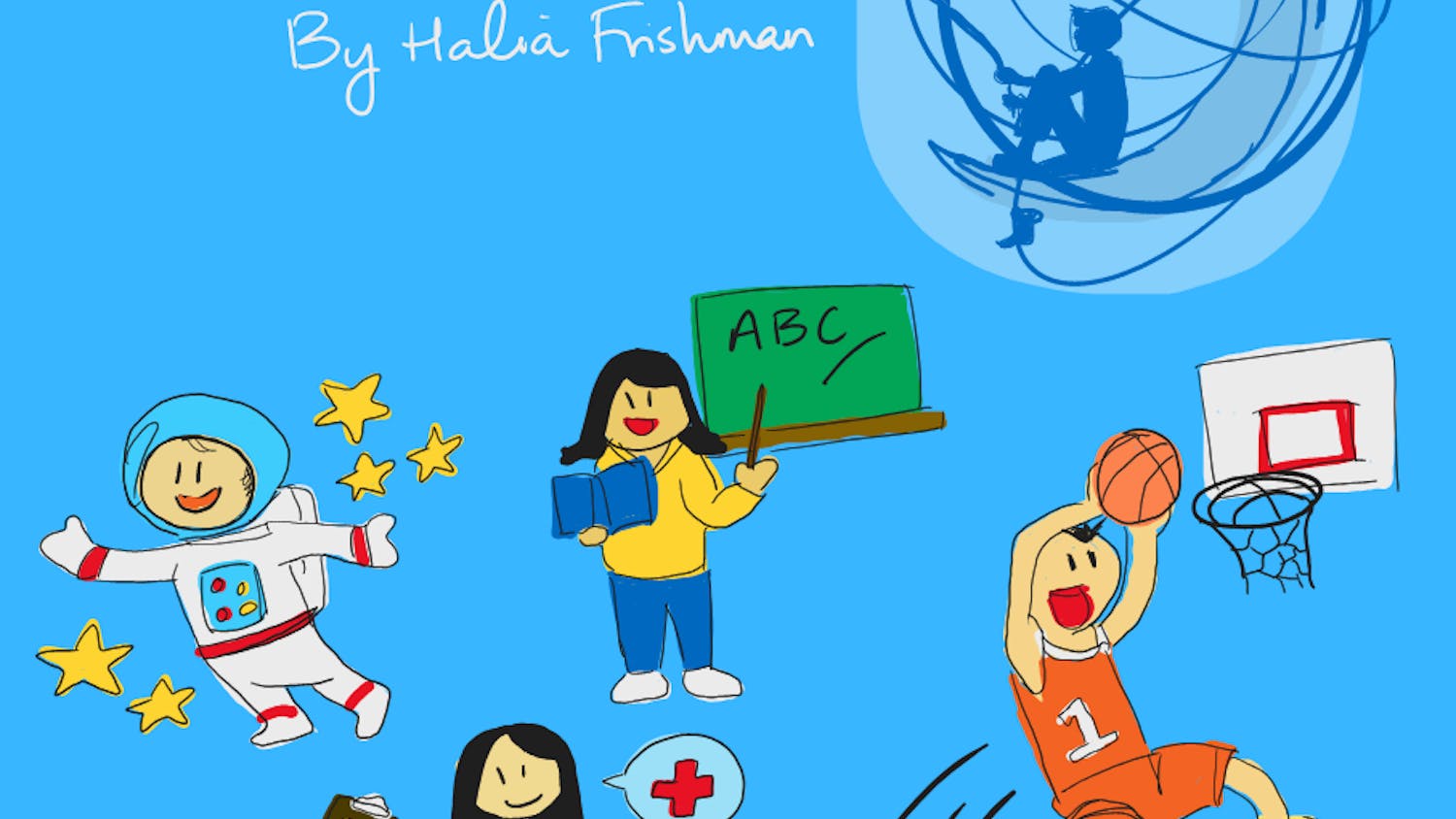Do you remember the books you read in high school English? If you grew up in the United States, chances are your reading list bears striking resemblance to the syllabi of students across the country. It’s also likely that titles like “The Great Gatsby” and “To Kill a Mockingbird” bring back not-so-fond memories of color-coded annotations and slideshow presentations put on by apathetic classmates.
Such is the status of American literary education: English classes have transformed a standard list of great works of literature into ‘high school books.’ The characteristics of the high school canon are well known: identifiable, stable, formulaically taught, tried-and-tested.
For better or worse, these books form students’ first foray into the world of adult literature. The issue is not without controversy: High school reading lists contain cultural touchstones like Shakespeare and Homer, and yet many have criticized this canon for a lack of diverse authors and themes. The introduction, in other words, is far from comprehensive.
Many students’ literary education expands beyond high school — that is, if they choose to pursue English coursework or read on their own time. The question, asked on behalf of these continually curious readers, is: How should college reading pick up where high school left off? What books might round out one’s literary education? What books might serve as good companions for this new phase of students’ lives? The Daily asked a professor of literature and a pair of English majors to suggest titles they consider ideal for college students.
Though each had a different vision, there was a common tendency toward expansion, exploration and playfulness.
Ichiro Takayoshi, an associate professor of English, said college, like many phases of life, has a particular set of books that are especially compatible.
“I do believe in this age appropriateness theory of reading. … You can divide life into various phases, and you can subdivide these phases, and then each phase seems to match a particular set of texts,” he said.
Takayoshi identified the naïvete and imaginative capacity of college students as a privilege that diminishes with age and suggested his texts based on this state of mind.
Many of the students’ picks reflected a quintessential element of the college experience: the sense of entering a wider world.
“When you come to college … you’re leaving your place where you’re from, where it’s kind of a bubble … and you’re suddenly encountering people that come from all over and have all these different life experiences,” junior Anna Goldstein said. Goldstein emphasized the importance of reading a range of literature that reflects this diversity.
Senior Julia Bernicker also highlighted diversity as an important element of the college reading list.
“I want [books] to kind of shake my worldview a bit,” she said. “I feel like I’m at the point where I do have a sense of the world and who I am, and I want books that are going to help me challenge that and help me grow.”
Julia Bernicker
“My Brilliant Friend” by Elena Ferrante
“This is a must-read because it is a coming-of-age story that explores the intensity of female friendship, but in a way that any student can relate to,” Bernicker wrote in an email to the Daily. “Ferrante is also an author I’ve never seen on a classroom syllabus and is a great first exposure to contemporary, translated literature.”
“The Secret History” by Donna Tartt
“This is Donna Tartt’s first novel, and a campus classic that draws on themes of intense friendship and coming of age,” Bernicker wrote. “This is a book that you will tear through and think about for weeks to come.”
“Into the Wild” by Jon Krakauer
“Krakauer has become one of my favorite authors and is a great entry point to exploring works outside of fiction. Into the Wild tells the true story of Chris McCandless, who decides to set off into the Alaskan wilderness after college, where he is eventually found dead,” Bernicker wrote. “While maybe no one should go off the grid without any gear or experience, McCandless’ story captures the feeling of being lost and a desire for an alternative lifestyle that, as I near graduation, definitely calls to me.”
“Slouching Towards Bethlehem” by Joan Didion
“Didion was also an author I didn’t discover until I came to college, which I think is the perfect age to be introduced to her,” Bernicker wrote. “This collection of essays exposes readers to something other than a novel and describes Didion’s experiences in California during the 1960s. … With something for every reader, Slouching Towards Bethlehem is a great introduction to a classic American author.”
“The Bluest Eye” by Toni Morrison
“If you haven’t read Morrison in class or on your own by now, please do,” Bernicker wrote. “The Bluest Eye is Morrison’s first novel and tells the story of a young African-American girl growing up in Ohio after the Great Depression. … With gorgeous writing and complex characters, this novel is a must for everyone.”
Anna Goldstein
Anything from Toni Morrison’s oeuvre.
“My personal belief is that Toni Morrison should be taught to [Shakespeare’s] level, where people know her canon and have read a couple of [her books] at least,” she said.
Goldstein commented that one of the values of Morrison’s writing is her stylistic innovation. She expressed that high school might be too early to fully appreciate Morrison’s work. “Having it forced down your throat creates a resistance, and that’s not really productive for anyone,” she said.
“One Hundred Years of Solitude” by Gabriel García Márquez
“There’s a lot like it now, but it was one of the first to do that whole magical realism epic thing,” Goldstein said.
“Crime and Punishment” by Fyodor Dostoyevsky
Goldstein picked “Crime and Punishment” to be the only classic on her list. “Of all the classics that I’ve read, the one that I’ve gained the most from and that I would recommend the most highly is ‘Crime and Punishment,’” Goldstein said. “It deals with so many bigger philosophical questions, and it really warps your understanding of reality.”
“Their Eyes Were Watching God” by Zora Neale Hurston
“It kind of subverts what people think literature should be,” Goldstein said. “‘Their Eyes Were Watching God’ is such a beautiful book, and it’s so emotionally rich, and it has a fabulous story, but it’s not written in that classic way,” Goldstein said.
“Tracks” by Louise Erdrich
“[Erdrich] also uses quite a bit of magical realism, which is really fun,” she said. Goldstein thought Erdrich’s whole oeuvre deserved recognition but chose “Tracks” as her strongest offering. “She’s from the Chippewa tribe, and writes a lot about … North Dakota and ‘Tracks’ deals with specifically the Dawes Act, which is when the indigenous land was being sold off to white settlers, and it talks about a specific family,” Goldstein said. “It’s just a really really powerful story.”
Ichiro Takayoshi, Associate Professor of English
“The Prelude” by William Wordsworth
Takayoshi described “The Prelude” as an epic poem in which “[Wordsworth] takes stock of his life up to that point.”
“In a way, he was thinking like today’s college students … ‘have I learned enough, have I done enough, … what kind of skills do I have now?’” Takayoshi thought the poem would serve as a good companion to students as they face these kinds of existential questions.
“The Collected Poems of Wallace Stevens” by Wallace Stevens
Takayoshi thought college students possessed a precious yet fleeting “fantasy life” which can be dampened when they enter the workforce. “While you have it, I think you should wallow in it,” he said.
He also believed certain readings paired well with this state of being. “As you wallow in it, it’s nice to have … some kind of linguistic drug, I would say,” he said. “This book has plenty of a linguistic verbal drug that can induce in you this deep, gorgeous, hallucinatory inner world.”
“Invisible Man” by Ralph Ellison
“It’s a story of a loss of innocence, and I think that’s one of the many experiences that today’s college students are going through,” Takayoshi said.
“The Castle” by Franz Kafka
“Another archetypal college experience is, I think, the feeling of alienation,” he said. “The whole world feels alien to you, and as a result of that, you feel as though you are an alien to the world.”
Takayoshi thought this book served as a kind of medicine for that feeling. “Castle makes this whole experience of alienation surreal and comical,” he said.
“The Sun Also Rises” by Ernest Hemingway
“It’s a book about having a good time, or how to have a good time,” Takayoshi said. “Hemingway seems to be saying it’s a project, and [that] some people are better at having a good time than others,” he said.
“I think college students are going about this project in a pretty spontaneous, unconscious way, but Hemingway can teach college students to be more intentional about what they are doing,” Takayoshi said.






